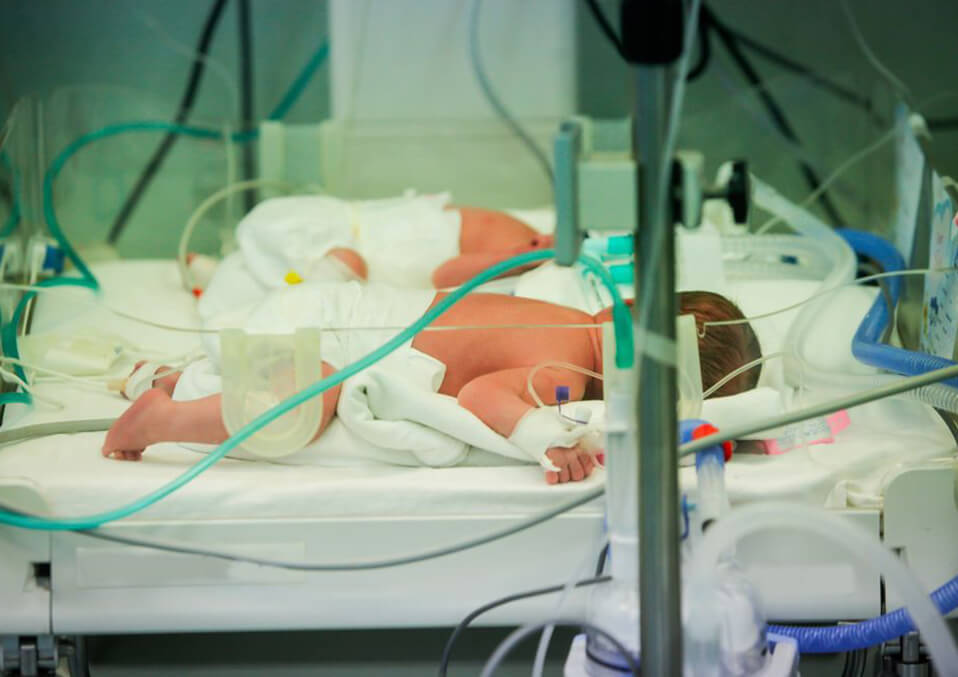
If your baby by now a couple of days late to its delivery and lasts longer than 42 weeks, there is a high risk of stillbirth. The doctor will lay to you probable choices of inducing. For sure, it will include a membrane sweep that is also known as cervical sweep.
A membrane sweep is a practice that can help persuade the labor process of a pregnant mother who is close or past the due date of baby delivery. The doctor will use a glove-covered hand to sweep inside the cervix in a round gesture. The procedure is safe for most pregnant mothers. The method will allow the separation of the amniotic sac and delicate fetal membrane from the uterine wall. The process of separation will allow the release of prostaglandins to help soften the cervix; then there will be the stimulation of contractions and labor will happen.
What is the process of membrane sweep?

Mostly, the doctor will be the one that will facilitate the procedure. During the internal examination, the doctor will insert a finger into the opening of your cervix. Gently but firmly, the finger will move around. The action will help separate the membrane (amniotic sac) from your cervix. Once separated, the prostaglandins will immediately release and triggers the labor.
You should realize that the procedure is also known as stretch and sweep. It because the sweep does not work, the midwife will try to stretch your cervix. The process is to give stimulation that will be enough to ripen your cervix. It will help the cervix start to soften and open and allow the kick-off of labor.
A membrane sweep procedure will increase the likelihood of starting labor within 48 hours. The clinical procedure will assure the pregnant mom that it will not lead to any risk of infection for the mother and the baby. However, if the water broke, but the labor did not take place, a membrane sweep should not be done because it can increase the risk of infection.
A membrane sweep is prickly because you can feel pain because the cervix is tough to reach before the labor starts. If you are exercising on your breathing techniques, it will be helpful to make you relax while the midwife conducts the sweep. You can experience slight spotting, cramps, and irregular contractions afterward.
If you are a first-time mom, the doctor will be giving you already advise on inducing options during your antenatal check-ups. If this delivery is already a succeeding baby, a membrane sweep shall immediately be offered when reaching the past due to birth.
There are other ways to induce labor that the doctor will lay as options. If you do not want the sweep, you can always decline. If you do not want the invasive ways of inducing labor and want the natural way, it is better than during the pregnancy, make yourself prepare in all aspects.
What should you expect before and after the procedure?

There is no preparation needed to be done by the pregnant mother for the membrane sweep. The doctor is the one that will carry out the procedure and examinations. The procedure is a bit painful, and tenderness will be felt afterward. Expect that there will be bleeding, but that’s nothing to worry as the experts already know the right thing to do.
Risks and safety of membrane sweep procedure
Membrane stripping is generally safe for pregnancies without considerable complications. But there are associated risks that must be recognized along with this technique:
- Experience of mild distress during the procedure
- minor vaginal bleeding will likely to happen
- irregular contractions
- Membrane stripping is not always suitable for all pregnant mothers
Who are the suitable pregnant women for membrane sweep?

The doctor will determine if you are suitable for the membrane sweep procedure. The medical field has a set of indications if a pregnant woman can be ideal for membrane stripping or an immediate cesarean delivery procedure.
The following will make an expectant mother not suitable for membrane stripping:
- Prior cesarean delivery
- Multiple births
- Having a history of preterm delivery
- Bacterial cervical infection uterus
- Placenta covering the opening cervix, which is called the placenta previa
- Herpes infection
- When membranes that contain blood vessels connecting the fetus and placenta is covering the opening of the cervix, which is called vasa Previa
- Possible fetal abnormalities
- Abnormal Mullerian duct
- Fetal position is not normal
- Abnormalities of the pelvis
- Uterine rupture
How effective is membrane sweep?
Studies can prove that membrane sweep can help induce labor. Membrane stripping can increase the probability of spontaneous labor within the first seven days following the procedure. Although the doctor needs only to carry out the sweep once, there are mothers that require multiple sweep procedures.
Membrane sweep takeaways
A study in 2014 shows that membrane stripping can reduce the gestation time. The study comparing the 80 women that went through the membrane stripping procedure and 80 women who don’t show the result:
- 90% of the women that went through the membrane stripping experience spontaneous labor comparing to 75% of those mothers who did not go through the procedure
- Only 10% of the mothers who went through the membrane sweep are still pregnant in 41-weeks gestation comparing to 25% of those who did not
Overall, membrane sweep did not contribute to the risk of maternal or fetal complications. It lessens the time of induction and labor, rushes the vaginal delivery rate, and drops the need for oxytocin.
Summary
One of the hardest parts for mothers in giving birth is the process of labor. Find out how membrane sweep can be the answer to help moms in labor and delivery.
Read Also:
- Managing Dry Cough During Pregnancy
- How Membrane Sweeping Helps Induce Labor?
- What Is The Use Of Chewing Gum To Pregnancy


